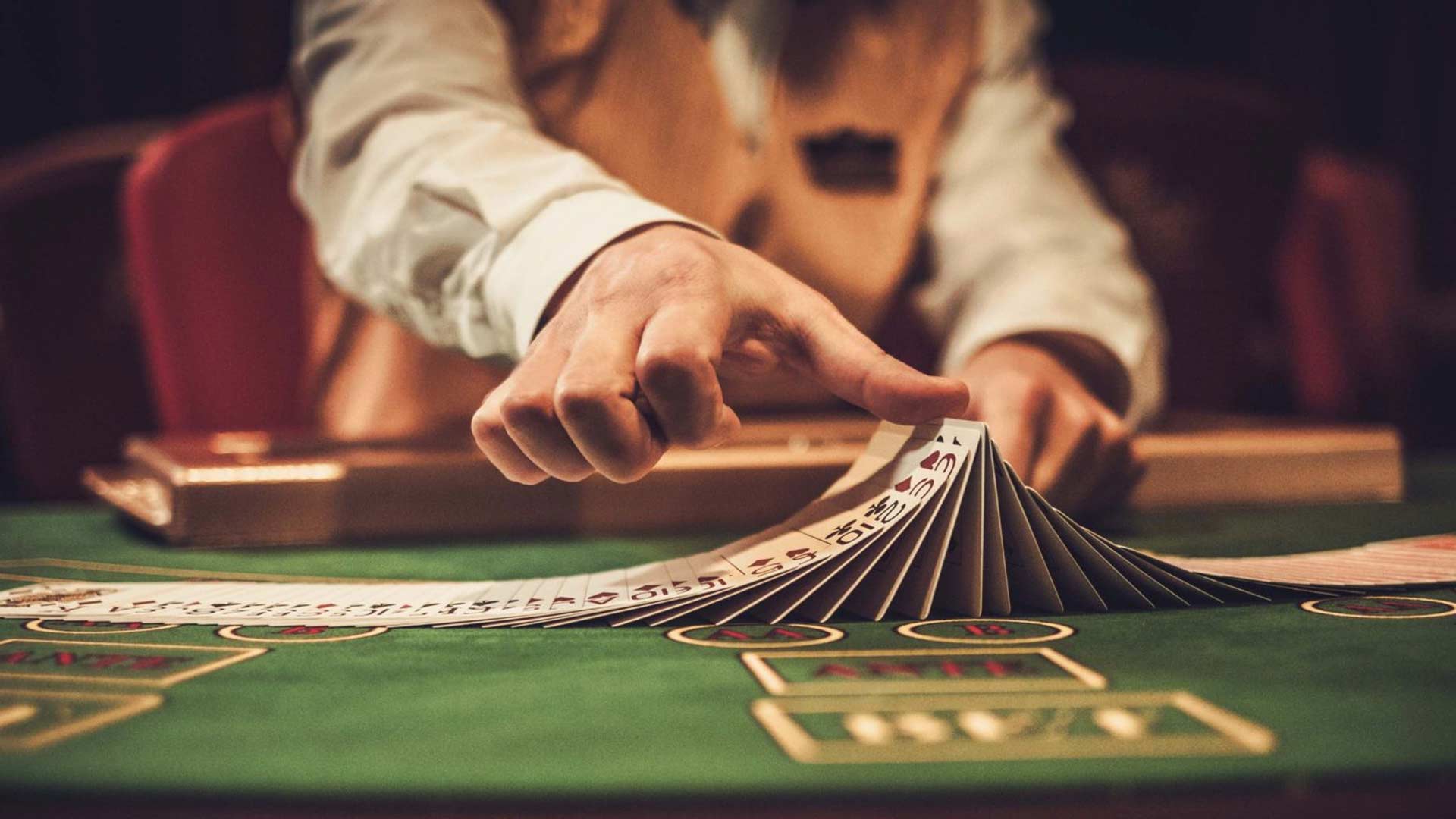The Psychology Behind Slot Sound Design

The Psychology Behind Slot Sound Design
In the bustling world of casinos, both physical and online, a symphony of sounds constantly fills the air. Beyond the visual spectacle of spinning reels and flashing lights, there's a meticulously crafted auditory landscape designed to engage, excite, and ultimately, influence player behavior. This isn't just background noise; it's a sophisticated application of psychoacoustics and behavioral psychology, making slot sound design a critical, often underestimated, component of the gaming experience. Understanding the psychology behind these sounds reveals how seemingly simple jingles and clinks can profoundly impact our brains and wallets.
One of the most potent psychological principles at play is the concept of "intermittent reinforcement." Unlike consistent rewards, unpredictable rewards, like those found in slot machines, are incredibly compelling. Sound designers leverage this by creating distinct auditory cues for wins, near misses, and even losses. A small win might be accompanied by a brief, cheerful jingle and a cascade of coin sounds, reinforcing the positive outcome. Even more fascinating is the "near miss" effect. When reels land just short of a winning combination, specific sounds—a sudden stop, a distinct chime—can be triggered. These sounds, despite not indicating a win, trick the brain into perceiving a close call, activating the same reward pathways as an actual win. This dopamine surge, even for a non-win, keeps players engaged and hopeful, fostering the illusion that a big win is just around the corner.
Winning sounds themselves are a masterclass in positive reinforcement. From the triumphant fanfare accompanying a jackpot to the playful melody of a minor win, these audio cues are designed to maximize the feeling of success. The sound of coins dropping, though often simulated, triggers an innate association with tangible wealth. Different winning sounds are strategically employed to differentiate the magnitude of the win, creating a more dramatic impact for larger payouts. This auditory celebration isn't just for the player; it's also a public announcement, drawing attention from others and subtly encouraging them to join the action. The celebratory sounds become Pavlovian triggers, conditioning players to associate the specific game with excitement and potential reward.
Beyond the immediate feedback of wins and losses, ambient sound and background music play a crucial role in creating an immersive environment. These continuous, often subtle, sounds can mask the passage of time, reduce awareness of monetary losses, and keep players in a state of flow, sometimes referred to as "the machine zone." The rhythmic looping of idle sounds and gentle background melodies can lull players into a trance-like state, minimizing cognitive effort and encouraging longer play sessions. When a bonus round is triggered, the entire soundscape shifts—the music might become more dramatic, the sound effects more intense, building anticipation and excitement for the potential big payout.
The anticipation phase, leading up to a potential win, is another area where sound design shines. As reels slow down or a bonus wheel spins, a rising crescendo of sound, distinct clicks, and escalating musical notes build tension. This carefully orchestrated auditory journey amplifies the emotional release when the outcome is revealed, whether it's a win or a loss. The payoff is made more significant by the journey of suspense, engaging the player's fight-or-flight response and making the subsequent reward feel even more satisfying. This tension-and-release cycle is fundamental to keeping players on the edge of their seats.
The neurochemical impact of these sounds cannot be overstated. Dopamine, the neurotransmitter associated with reward, motivation, and pleasure, is heavily involved. The very anticipation of a win, stimulated by the unique soundscape of a slot machine, can cause a surge in dopamine. When a win occurs, especially a large one, the brain is flooded with dopamine, reinforcing the behavior that led to the reward. This creates a powerful learning loop, conditioning the brain to associate the sounds and visual cues of slot machines with intense pleasure, thereby encouraging repeated play.
The influence of sound design extends beyond traditional slot machines into the broader gaming universe. Just as slot sounds immerse players and influence their perception of chance and reward, competitive gaming environments also rely on meticulously crafted audio cues. For instance, in fast-paced esports, platforms like m88 pubg leverage intricate sound design to provide crucial tactical information, alert players to enemy movements, and create an adrenaline-pumping competitive atmosphere. The precise audio feedback for hits, headshots, or environmental changes is vital for player performance and overall engagement, showcasing the pervasive power of sound in shaping user experience across all digital entertainment.
While the sophisticated design of slot machine sounds enhances entertainment, it also carries an ethical dimension. The power of these auditory cues to influence behavior means they can, for some individuals, contribute to problematic gambling. The seamless masking of losses, the amplification of near misses, and the consistent reinforcement of winning moments can make it challenging for players to disengage. As such, understanding this intricate psychological manipulation is crucial for both game designers, who bear a responsibility for responsible design, and players, who can benefit from being more aware of how these subtle cues influence their decisions.
In conclusion, slot sound design is far more than an afterthought; it is a fundamental pillar of the gaming experience. Through a masterful blend of psychoacoustics and behavioral psychology, these sounds create anticipation, amplify wins, cushion losses, and immerse players in a world designed for continuous engagement. From the euphoric jingle of a jackpot to the subtle hum of idle reels, every sound is carefully engineered to tap into our most primal reward systems. Recognizing the profound psychological impact of these auditory elements empowers players to approach the game with greater awareness and appreciation for the hidden symphony at play.